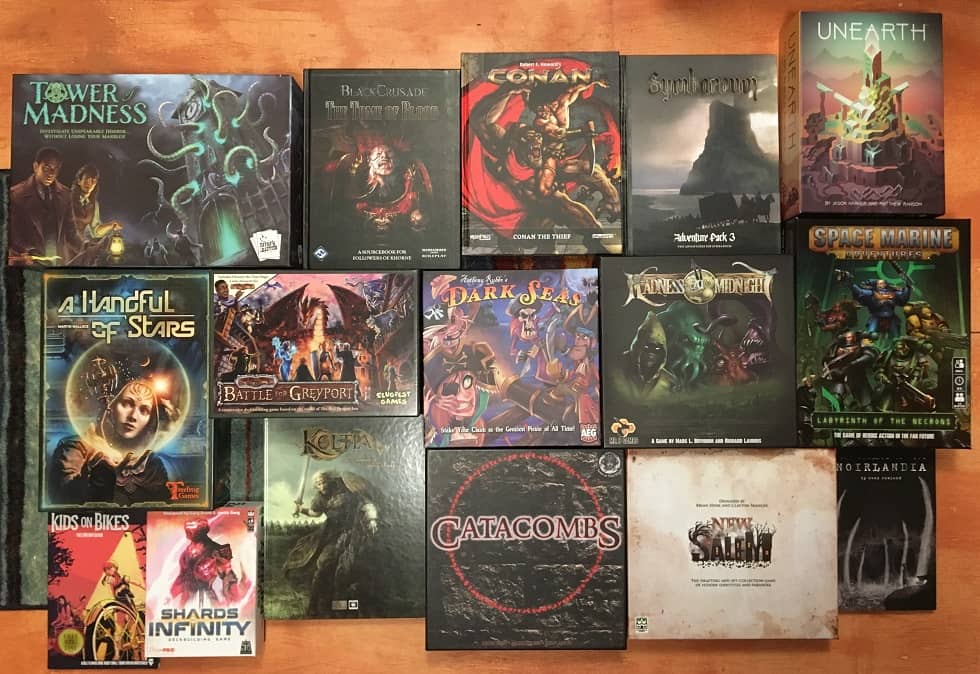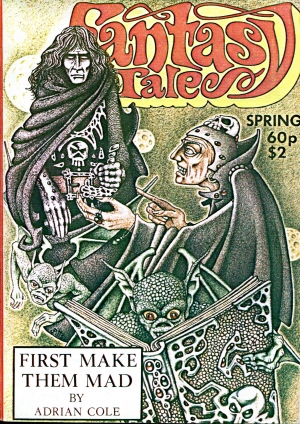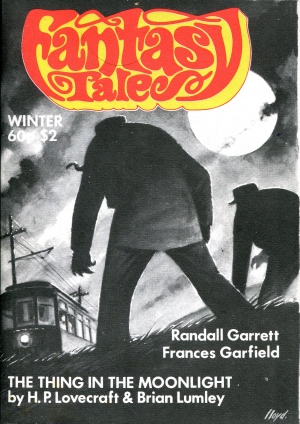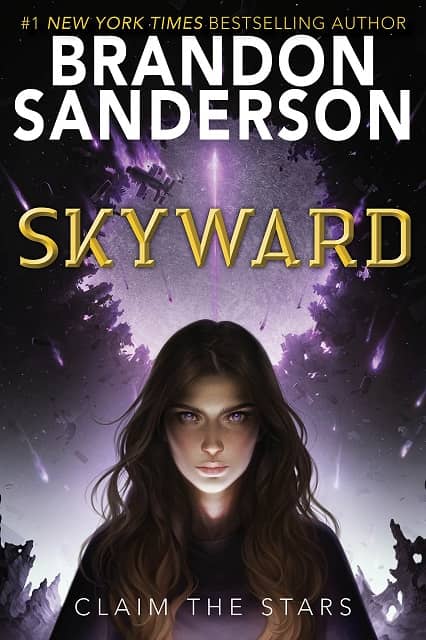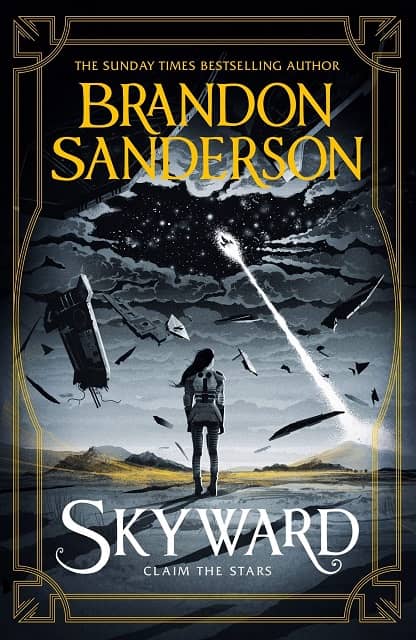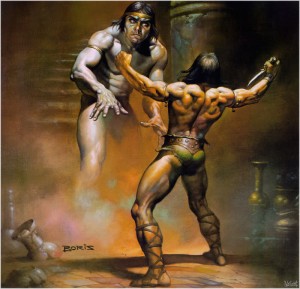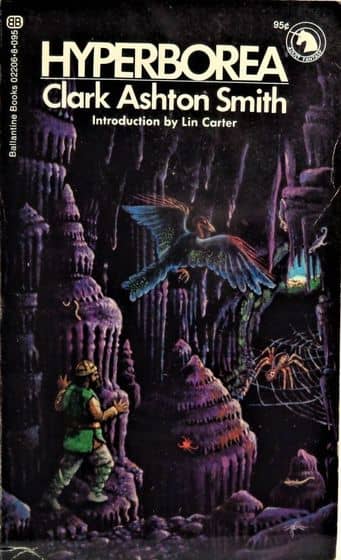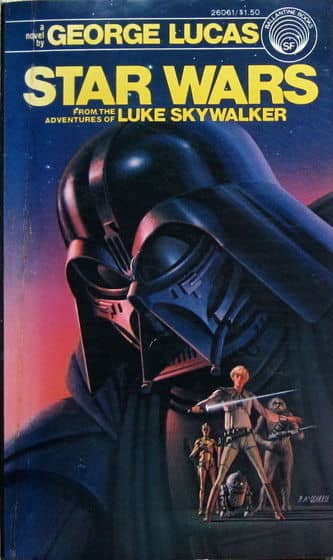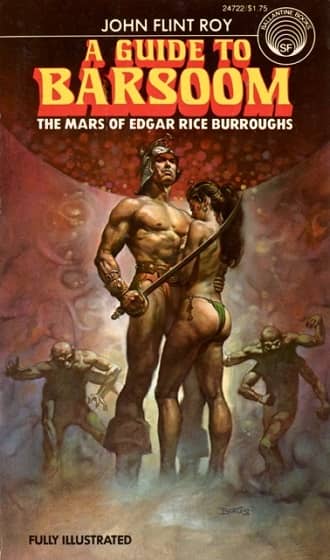Future Treasures: The Last by Hanna Jameson
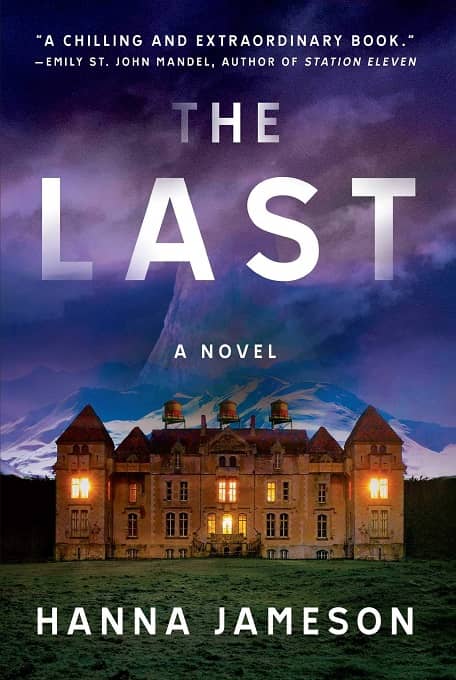 |
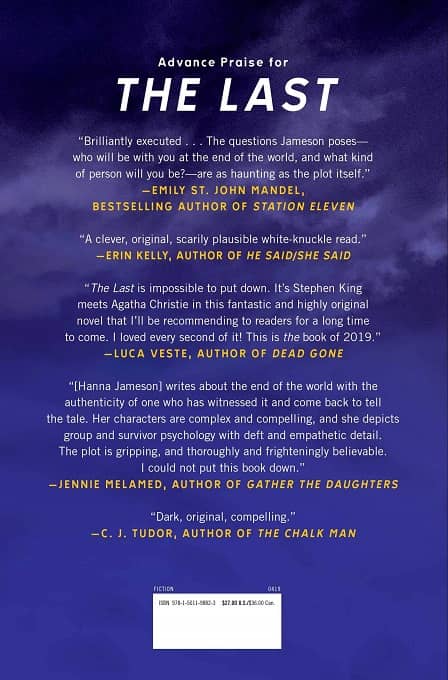 |
If you keep tabs on upcoming titles like I do, you get used to the relentless hype and the breathless blurbs. After a while it takes something really special to get your attention.
The blurbs for Hanna Jameson’s The Last, arriving in hardcover in two weeks, got my attention. Kirkus Reviews says it’s “”Reminiscent of The Shining… an eerie and unsettling tale,” and Luca Vesta (Dead Gone) says it’s “Nuclear apocalypse meets murder mystery… It’s Stephen King meets Agatha Christie. This is *the* book of 2019.” And Publishers Weekly calls it “An engrossing post-apocalyptic psychological thriller… equal parts drama and locked-room murder mystery.” Here’s the description.
Jon thought he had all the time in the world to respond to his wife’s text message: I miss you so much. I feel bad about how we left it. Love you. But as he’s waiting in the lobby of the L’Hotel Sixieme in Switzerland after an academic conference, still mulling over how to respond to his wife, he receives a string of horrifying push notifications. Washington, DC has been hit with a nuclear bomb, then New York, then London, and finally Berlin. That’s all he knows before news outlets and social media goes black—and before the clouds on the horizon turn orange.
Now, two months later, there are twenty survivors holed up at the hotel, a place already tainted by its strange history of suicides and murders. Those who can’t bear to stay commit suicide or wander off into the woods. Jon and the others try to maintain some semblance of civilization. But when the water pressure disappears, and Jon and a crew of survivors investigate the hotel’s water tanks, they are shocked to discover the body of a young girl.
As supplies dwindle and tensions rise, Jon becomes obsessed with investigating the death of the little girl as a way to cling to his own humanity. Yet the real question remains: can he afford to lose his mind in this hotel, or should he take his chances in the outside world?
The Last will be published by Atria Books on April 9, 2019. It is 352 pages, priced at $27 in hardcover and $12.99 for digital editions.



